In the kitchen, rice flour is a common ingredient. It is among the most diverse and widely used flours. It can be used in a variety of ways, including baking, cooking, and even as a sauce thickening.
Many people across the world are familiar with and use rice flour. But that’s more of a cause why people have been asking more concerns about them.
We’ll go over all you need to know about rice flour in this article.
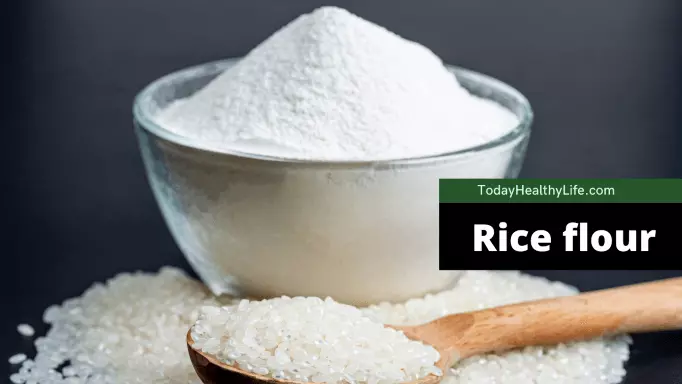
Table of Contents
What is rice flour?
Rice flour is freshly ground rice that is mostly used in gluten-free baking and as a dusting powder in the commercial baking procedure. It’s typically prepared with white or brown rice, but some blends contain other flours like sorghum, millet, or bean flour.
Rice flour is commonly available at inexpensive prices and is high in vitamins and protein. Because the nutrition in both varieties is quite comparable, it’s a popular alternative for wheat flour. Rice flour is light, doesn’t change the taste or texture of baked items, and may easily be replaced for different flours in a variety of dishes.
Also read: What is corn flour– nutrition, benefits, substitute, is it gluten free?
– What is finger millet flour? nutrition, benefits & side effects.
– Rye flour | Dark Rye flour- gluten free or not, substitute & more.
– What is millet flour– is it gluten free, nutrition, substitute & all.
– What is Kamut flour? benefits, is it gluten free, nutrition & all.
Is rice flour gluten free?
Cake, pies, or cookies whatever you want to make, rice flour adds extra taste. Basically, rice flour is made from white or brown rice. And rice flour is completely gluten free and safe for your health.
Now question is, what is gluten and why do we find gluten free products? In a very simple word, gluten is a kind of protein that is normally found in grains like wheat, rye, barley, and so on. But most disappointing thing is, that gluten does not provide any essential nutrients. But it can cause celiac disease and gluten sensitivity responses in non-celiac. Celiac disease is a digestive condition that weakens the immune system when gluten is consumed. It also contains a high amount of soluble fiber, vitamin B, and nutrients including magnesium, phosphorus, and selenium.
So, if you follow gluten free diet, you can enjoy the tastiest rice flour food without worrying any potential danger caused by gluten.
Also read: Is rye bread gluten free?
Are Kit Kats gluten free? You should know the reason.
How to make rice flour?
Rice flour is made from rice, as you might assume. Rice flour differs from rice starch, which is manufactured by steeping rice in lye, in that it is made by grinding the rice until it obtains a very smooth finish. Rice flour can be prepared with either white or brown rice, and the husks are removed first, followed by the raw rice being pounded into flour.
Rice flour is a low-cost staple that is easy to come by and acquire. However, if you prefer to prepare your cuisine at home, follow these instructions.
The ingredient you’ll need is –
- Uncooked white or brown rice.
- Blender, Coffee Grinder, or Food Processor.
- Water and a heat-resistant spatula
You must take the following steps: –
- Using clean water, rinse the rice. Place the water in a bowl after draining it. Allow 3-6 hours to soften.
- Drain the beans for 10-15 minutes after resting in a fine-mesh strainer. Then stretch it out on three layers of paper towels and set it aside for an hour.
- Mix 1 to 2 cups of uncooked rice in a blender, coffee grinder, or food processor. The blade can grind the rice more efficiently and efficiently when little amounts are used.
- Then you must close the mixer and ground the rice until it’s the texture of powder form. To achieve the greatest results, set the mixer to the maximum setting. There must be no huge chunks in the flour, and it should be smooth.
Types of rice flour
Rice flour is a common ingredient in Japanese and Indian cooking due to its low cost and availability. It’s also a highly flexible flour that can be used to make a variety of foods if you know how to do it. Here’s a brief breakdown of the several forms of rice flour:-
White Rice Flour – White rice flour is the best and smallest of the types, made from refined white rice. White rice flour is widely used in Indian cooking and is a favorite gluten-free baking ingredient, giving baked items a subtle texture.
Brown rice flour
Brown rice flour has a somewhat nutty flavor and is heavier than white rice flour. It’s high in fiber and protein, and it’s great for thickening sauces or coating meats and fried meals. Because it acts differentlyhttps://todayhealthylife.com/brown-rice-flour/ than wheat, it the best utilized in baking alongside other flours.
Glutinous rice
The name Glutinous Rice Flour may be deceiving. Many people believe that sticky rice includes a lot of gluten. This isn’t always the case. White glutinous rice contains almost no gluten, whereas whole grain rice contains trace levels. It’s a filling dish that works well for breakfast, lunch, or dinner.
Because the grinding technique impacts the texture, and not all companies utilize the same methods, each packet of rice flour will be different. The thinner the texture, the better when it comes to baking.
Read the full article: Glutinous rice flour- nutrition, is glutinous rice flour gluten free? substitute, & all.
Brown rice flour: Nutrition, benefits, substitute, how to make, etc.
Health benefits of rice flour
Because it is made from one of the world’s most important staple grains, it is a particularly cost-effective flour. Nobody said gluten-free baking was inexpensive, but because rice flour is so easily accessible and abundant, using it as the primary ingredient in your flour mix won’t splash the cash. Rice flour is known for its nutrient-dense composition, which has a high medicinal value.
- It has an exceptionally delicate flavor. Rice flour is a fantastic choice if you want the butter, spices, or other flavorings in your bakes to stand out.
- Rice flour is recognized for its high protein content (6g). The brown one has higher quantities of B vitamins.
- Rice bran oil, which is commonly used while preparing rice flour, is a wonderful source of healthful fats as well as nutrients like magnesium and phosphorus.
- Rice flour is highly nutritious, which helps aid digestion and bowel motions. Fiber is also known to help stabilize blood sugar levels and lower the risk of heart disease and other chronic diseases.
What is rice flour used for?
This flexible flour can be used in a variety of ways. It’s widely used in fried meals including chicken, fish, and onion rings as a breading or batter. Pasta, pizza crusts, cookies, and other baked items can all be made using it. Here are a few common techniques for this flour:
- Can be used as a thickening agent- Rice flour could also be used as a thickening ingredient in soups and stews, as well as in tempura batters for frying vegetables, chicken, and other foods.
- Bake gluten-free bread and baked goods – Because rice flour is gluten-free, it will not leave your bakery chewy like other flour blends. The finely powdered rice will soften considerably, allowing for improved liquid uptake and reducing any possible grittiness.
- Batters – Rice flour has a nice crunch, therefore it’s a great flour to use when preparing a batter. It doesn’t dominate the major ingredients in a dish because it has a bland flavor.
Rice flour substitute
Let’s take a closer look at many rice flour substitutes and see which ones perform best for particular foods and cooking techniques.
Cornstarch
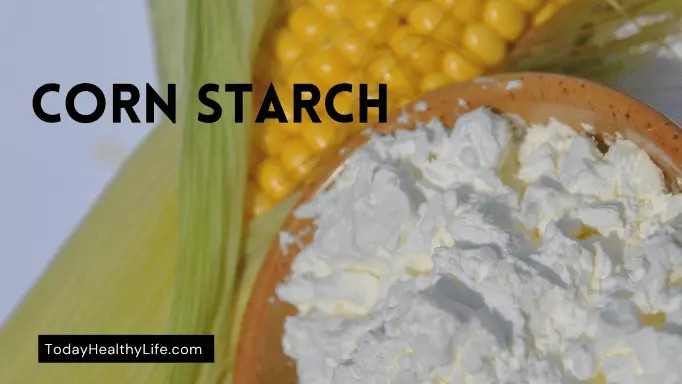
While it isn’t the healthiest option for rice flour, it is the best option for thickening a sauce or gravy. Cornstarch, like rice flour, has no flavor of its own, so you can include it in your recipes without fear of overpowering them.
Almond flour
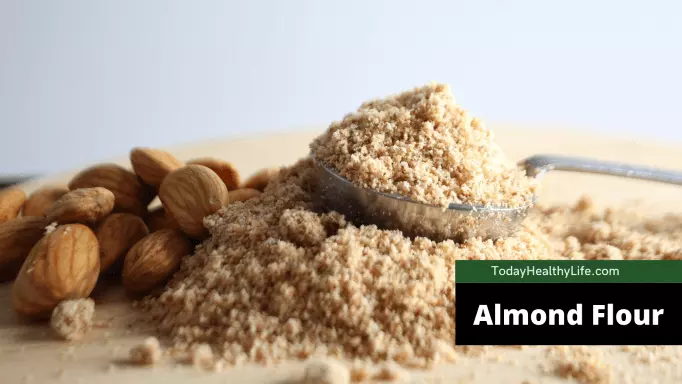
This flour is made by blitzing blanched nuts, is another gluten-free rice flour option. Plus, it’s a flour that’s just as healthy, if not more, than wheat flour.
This flour is best used in baked products, while it isn’t bad for frying. However, you must be cautious when using it for fried dishes because it cooks rapidly and readily burns.
Coconut flour
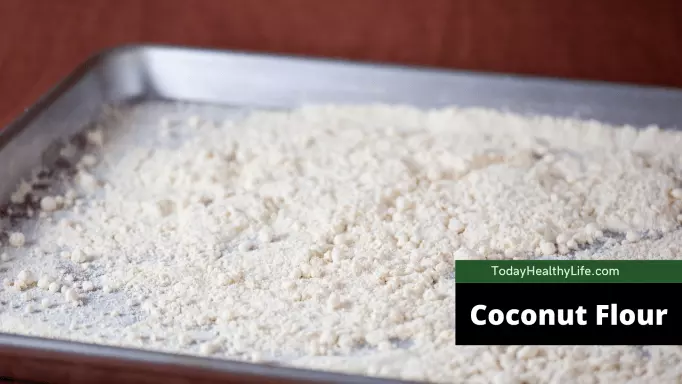
While almond flour is a healthful, gluten-free substitute to rice flour, it is not suited for people who are allergic to nuts. Coconut flour, on the other hand, is a better choice in this situation.
Coconut flour could also be used as a stuffing for fried meals and as a thickening agent. It is gluten-free and grain-free, and it can be used in virtually any recipe that calls for rice flour.
Considering the low carb content, it has a sweet flavor that works well in cooked items. You may typically reduce the quantity of glucose or sweetener you are using in baked goods and has its own flavor.
Sorghum flour
Sorghum flour might not be for everyone. This gluten-free choice is made from the nutrient-dense grain sorghum. Sorghum, like quinoa, is a fantastic form of protein.
It’s popular among consumers because it’s gluten-free and high in vitamins, minerals, and other nutrients. It’s also a highly nutritious, fiber, and B vitamin, and it can aid with metabolism regulation.
Chickpea flour
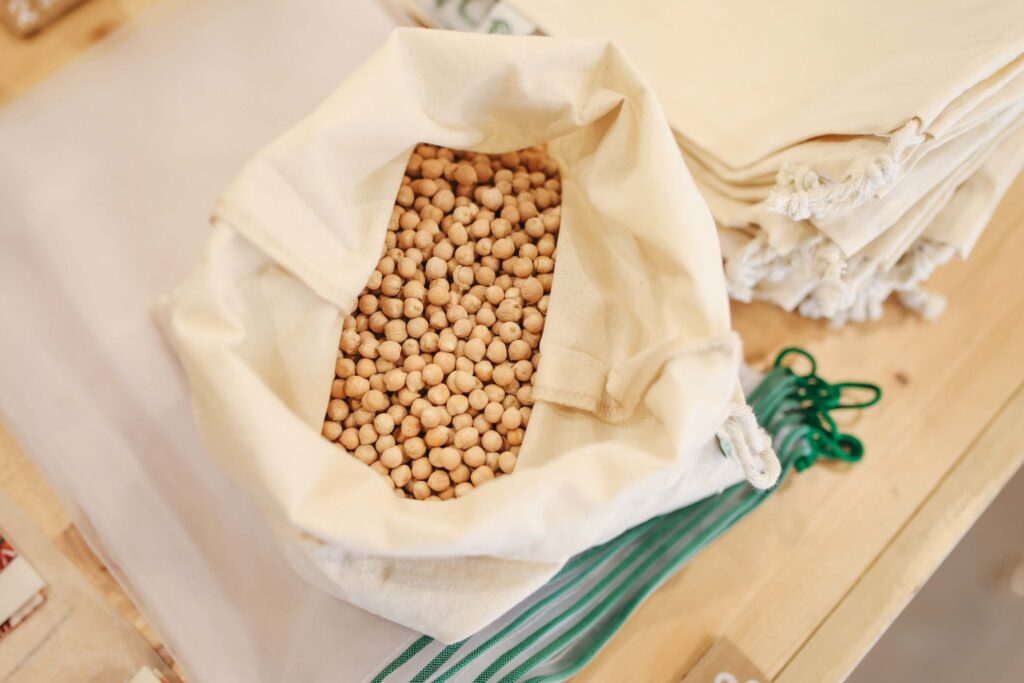
Chickpea flour is perhaps not even the first thought that springs to mind when thinking of gluten-free flour blends to replace rice flour. It’s available in most “green” supermarkets, as well as online and at health food stores. It’s even available at several bulk merchandise stores.
Chickpea flour, like rice flour, is inherently gluten-free, and it has more nutrients than just about any other form of flour, according to several chefs, blogs, and websites.
As a result, most individuals use chickpea flour in their baked items, especially those that are flatter and denser, such as pancakes and tortillas. It has a nutty, chickpea-like flavor, but you won’t even notice it if you’re using it in a recipe with a lot of other ingredients.
Tapioca flour
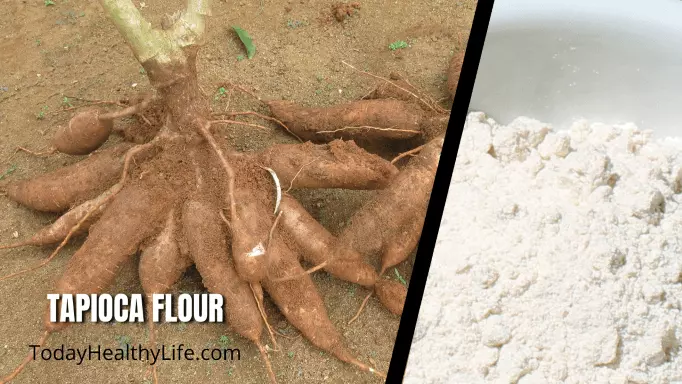
Tapioca flour is primarily used as a thickener, while it could also be used in baked items such as pancakes and pastries. It is formed from the cassava plant’s roots, and it was the same flour that goes into the popular chewy tapioca balls in boba tea.
Tapioca flour is the go-to ingredient for sauces, condiments, pie toppings, and other similar dishes. It is silky smooth with no flavor or odor, and it lends a rich creaminess to stews and a hearty strength to soups.
Millet flour
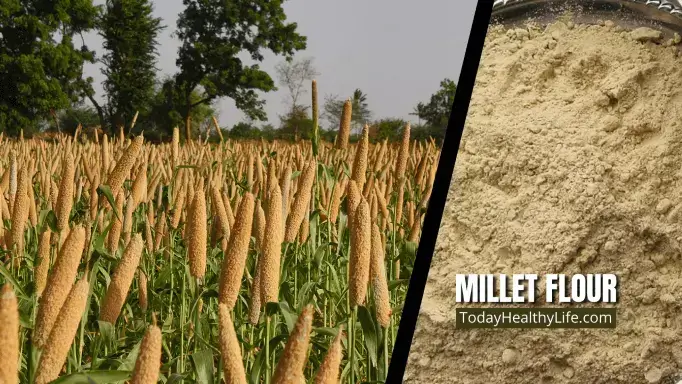
Despite its resemblance to wheat flour, millet flour is appropriate for gluten-free diets and is a great source of protein and other key elements.
Millet, on the other hand, tastes fantastic in bread, cakes, and muffins, and it virtually has the same consistency as all-purpose flour. It’s also a great choice for pancakes and other breakfast treats. Millet flour is also used to fry dishes by a number of cultures.
Also read: What is finger millet flour? nutrition, benefits & side effects.
However, while millet flour can give pastries and loaves a wonderful crumb, it can also make them brittle, so it’s better to use it in conjunction with all-purpose flour.
Conclusion
Rice’s flexibility has no limitations! Rice flour, without a question, ought to be a mainstay in every gluten-free cupboard. Rice flour is a cost-effective and adaptable thickening for soups and sauces, as well as something to mix make a handful of muffins. If you’re out of all-purpose flour or searching for a gluten-free alternative, rice flour is ideal, because, unlike wheat flour, it’s easy to manufacture at home!
